Humayun Tomb, Delhi, from the entrance portal
PLEASE, no multi invitations, glitters or self promotion in your comments. My photos are FREE for anyone to use, just give me credit and it would be nice if you let me know. Thanks
Humayun’s Tomb, Delhi, India
Built in the middle of the 16th century by the widow of the Moghul emperor Humayun, this tomb launched a new architectural era that reflected its Persian influence, culminating in the Taj Mahal and Fatehpur Sikri. The Moghuls brought to India their love of gardens and fountains and left a legacy of harmonious structures, such as this mausoleum, that fuse symmetry with decorative splendor.
Resting on an immense two-story platform, the tomb structure of red sandstone and white marble is surrounded by gardens intersected by water channels in the Moghuls' beloved charbagh design: perfectly square gardens divided into four (char) square parts. The marble dome covering the actual tomb is another first: a dome within a dome (the interior dome is set inside the soaring dome seen from outside), a style later used in the Taj Mahal. As you enter or leave the tomb area, stand a moment before the beveled gateway to enjoy the view of the monument framed in the arch.India-0178 - Gate to Humayun’s Tomb
- Uploaded by Ekabhishek
Relevante Bilder



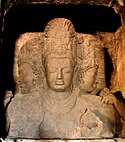






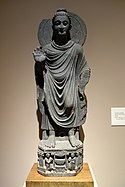
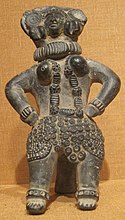




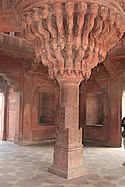
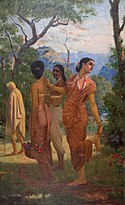




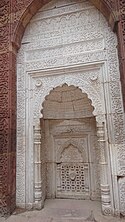

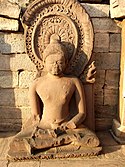



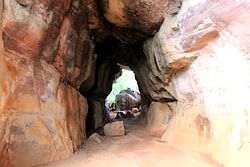
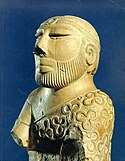






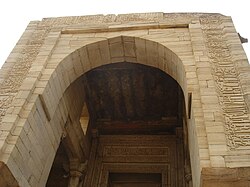

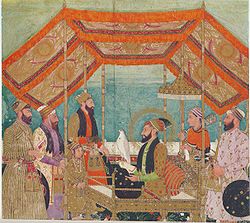
Relevante Artikel
Indische KunstMit indischer Kunst bezeichnet man eine Vielfalt von Kunstformen, die auf den indischen Subkontinent ihren Ursprung und Verbreitung haben. Die indische Kunst kann auf über 5000 Jahre Geschichte zurückverfolgt werden. Das Verbreitungsgebiet der indischen Kunst erstreckt sich auf die heutigen Länder Indien, Pakistan, Bangladesch und den Osten Afghanistans. .. weiterlesen
